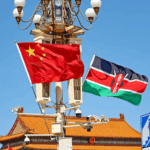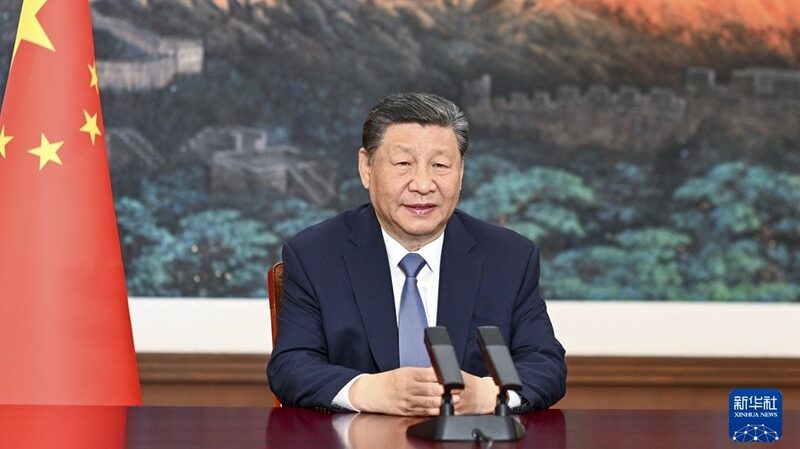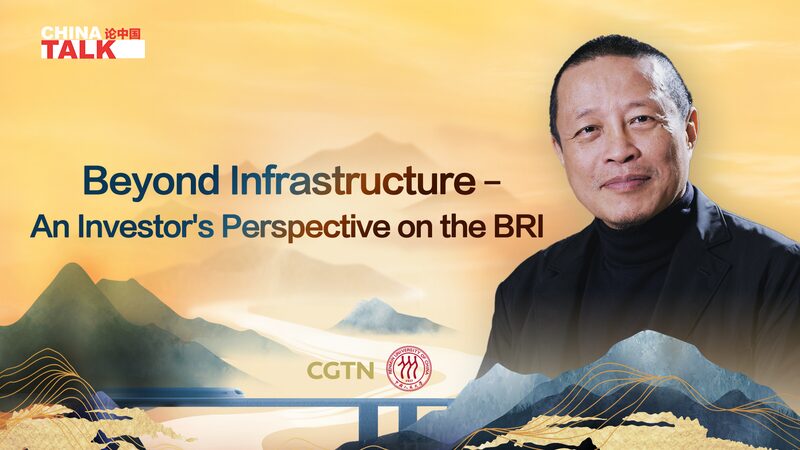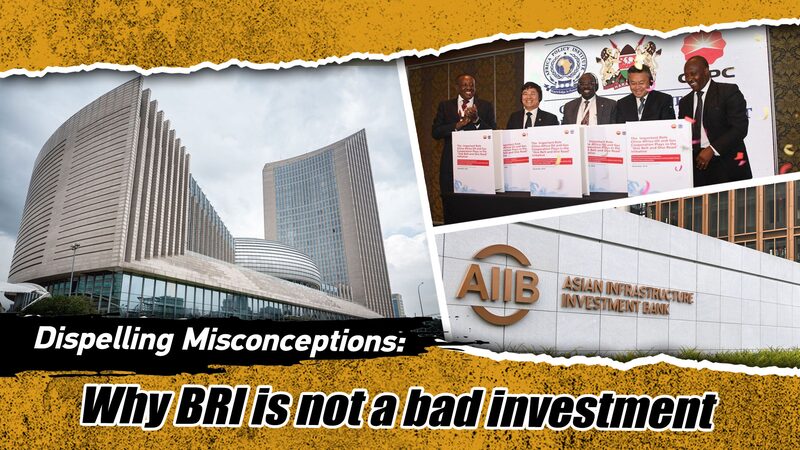China's Belt and Road Initiative (BRI), celebrating its 10th anniversary, has released a new white paper highlighting its role in fostering global cooperation. Titled 'A Key Pillar of the Global Community of Shared Future,' the document outlines achievements and future goals. But what does this mean for partner economies and global stability? 🤔 Let's dive in!
🌟 What’s the BRI Legacy?
Charles Liu, founder of HAO Capital, calls the BRI 'a connectivity game-changer,' citing infrastructure projects like Kenya’s railway and Indonesia’s high-speed rail. 'Over 150 countries have joined—it’s reshaped South-South collaboration,' he adds.
💡 Why Do Partners Join?
Dr. Syed Mahmud Ali from the University of Malaya notes the BRI’s focus on 'mutual growth, not zero-sum politics.' From renewable energy in Pakistan to tech hubs in ASEAN nations, partners gain tools to boost local economies.
🌱 Can BRI Thrive in Economic Headwinds?
Harvey Dzodin of the Center for China and Globalization points to 'green BRI' projects and digital corridors as keys to adaptability. 'It’s not just roads—it’s AI, e-commerce, and climate resilience,' he says.
As the BRI evolves, its focus on sustainability and equity could redefine global development. Stay tuned for the next decade! 🚀
Reference(s):
BRI 10 years on: Reviewing the past & looking ahead to the future
cgtn.com







